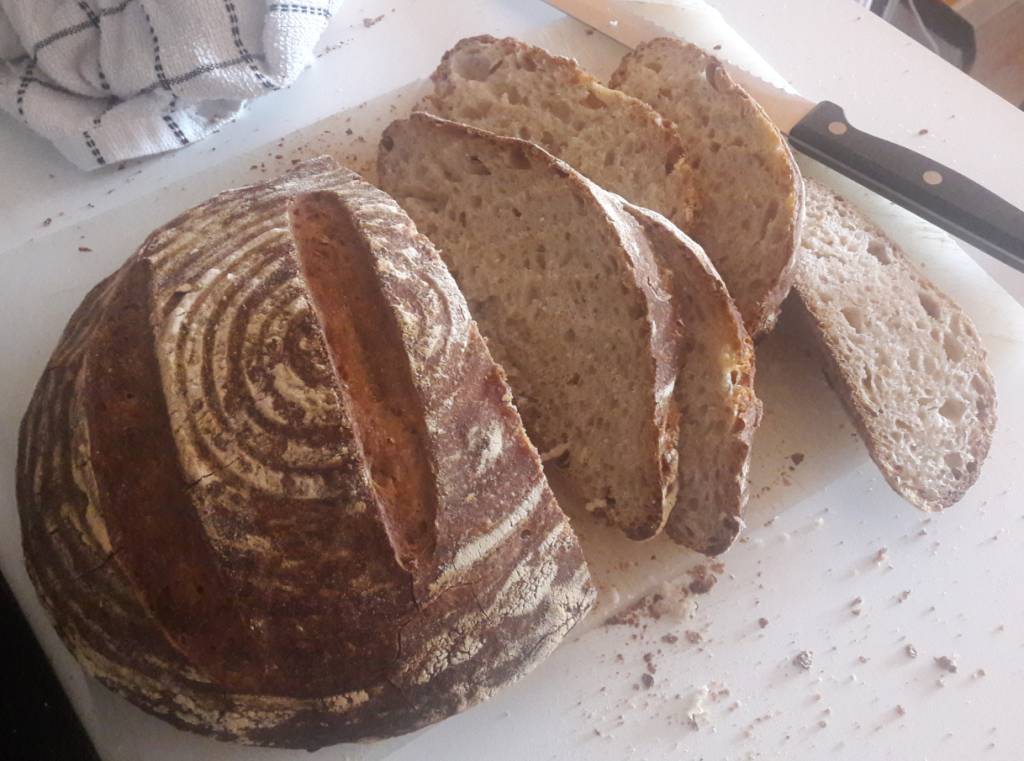I want to eat more broccoli. And this is a new recipe:
Ingredients:
1 head of broccoli
2-3 pieces garlic
small piece ginger
1 tbsp soy sauce
1 tsp sugar (brown if possible)
olive oil
1 tsp corn starch
2 tbsp water
1 tsp sunflower oil
2 tsp paprika
1 tsp sesame seeds
Directions:
- Boil 1.5 litres of water in a saucepan
- Remove the florets from the broccoli head. Be sure the head is cleaned.
- Blench the broccoli in the boiling water for 30-45 sec. Just to see how it gets a bright green color! Remove from water and pass it via cold water. Set aside.
- Grate the garlic and ginger.
- Prepare the sauce by combining together soy sauce, sugar, oil, corn starch and water. Set the sauce.
- Heat up a nonstick pan to medium heat. Add a bit of olive oil.
- Cook the broccoli for 2-3min each side. Until you see a bit of char. Put aside
- Clean the pan, and put at medium-low heat, add olive oil and paprika (replacement of chili oil). Mix clean so it doesnt burn.
- Add the garlic and ginger. Gently cook for 2-3min
- Add the broccoli and turn the heat to medium. Sauté for about 1min
- Add in the stir fry sauce and if you have a lid, place it immediately so you can steam the broccoli steam for about 30-45 seconds. If not, just toss the broccoli so it gets the sauce spread in all bits.
- Plate the broccoli and garnish with white sesame seeds













